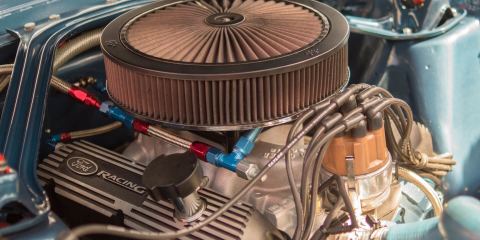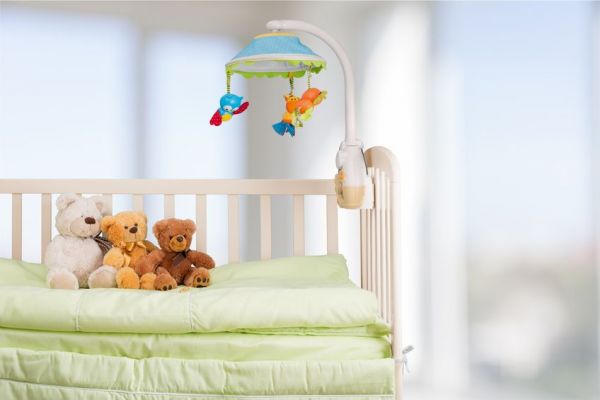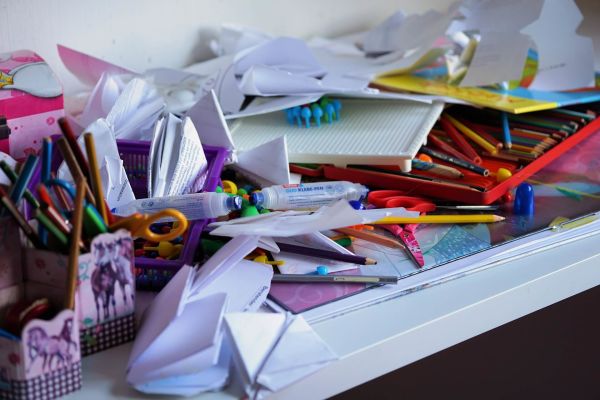Whether you are a hobbyist who restores vintage rust buckets in your home garage, are having an engine rebuilt or a part modified by a specialist, or you sell auto parts online, it’s not always easy to find the right part for your car, or the right buyer for your part.
Automotive parts are commonly sold and purchased online, and that means they also need to be shipped to their buyers. From specialized components to full engines and transmissions, auto parts are often heavy and irregularly shaped, which can make them seem difficult to ship. Good news for gearheads: shipping auto parts over a long distance isn’t as complicated as you might think.
The best way to ship automotive parts is often by LTL freight. This means that your cargo will share truck space with other shipments traveling in a similar direction, which can help save you time, money, and stress.
The golden rule for shipping auto parts
When you’re shipping auto parts, your first step is always to drain all fluids. Fluids such as oil, and even water, can pose serious danger to the part, as well as drivers and other personnel. It can also cause your packaging materials to deteriorate. Your car parts shipping company will check, so regardless of your chosen packing method (more on that later), always drain all fluids.
Shipping engines
Because they are heavy and contain hazardous materials, engines can’t be shipped using USPS or other courier services. For this reason, engines are often shipped using LTL freight. If you’re shipping an engine, there are two ways to pack it:
Shipping an engine in a crate
Freight class: 70
If you’re packing an engine into a crate, ensure that it’s properly secured inside the crate in order to prevent it from shifting around in transit. This can be done using proper packing materials, such as engineered foam enclosures.
Shipping an engine on a pallet
Freight class: 85
Because it’s more affordable, shipping an engine on a pallet is more common than shipping one in a crate. However, it does require more effort when packing in order to ensure that everything is secure and safe. Follow these steps:
- Place the engine in the center of the pallet, then secure it in place using ropes, chains, or ratcheting straps. You may wish to mount 2x4s to your pallet so the engine is sitting on its mount rather than the oil pan.
- Once it’s secured to the pallet, the engine must be entirely concealed by covering it with insulating material such as cardboard or moving blankets.
- Wrap the entire thing (including the pallet) in shrink wrap, ensuring that you leave open access to the fuel intakes. Your LTL carrier will check these intakes with dipsticks to ensure all fluids have been removed.
Shipping transmissions
Transmissions are always freight class 85, regardless of whether you pack them in a crate or on a pallet. If you’re shipping a transmission, follow these steps:
- Start by removing any parts that are easy to damage, such as side shift consoles, and pack these components safely in a separate box.
- Clean the transmission of any excess oil or grease.
- If you’re shipping on a pallet, make sure the transmission is centered to avoid any shifting. Secure it in place using bands, then wrap it in double-walled cardboard, and finish it with shrink wrap. Like an engine, the transmission must be fully concealed.
Shipping other auto parts
LTL freight is also ideal for shipping a number of other large or bulky auto parts, including:
- Bumpers: Bumpers are cumbersome, but relatively easy to ship. The hardest thing is finding a box to fit the part.
- Hoods: Like bumpers, hoods are fairly easy to ship if you can find the right-sized box. Be sure to protect corners when packing.
- Grills: Grills are more delicate than other parts, so make sure they are securely packed with lots of padding.
- Hubcaps: Choose an appropriately sized box with space for adequate cushioning.
- Tires: Tires are heavy but durable. Use a separate box for each tire, ensure that it’s strong enough to handle the weight, and use sufficient packing materials.
Packing auto parts
When it comes to shipping auto parts, packing them properly is the key to making sure they arrive at their final destination safely.
- For lighter parts like bumpers or hoods, air pillow bubble wrap and kraft paper are often sufficient.
- For heavier parts like engines or transmissions, your best bet is spray foam filler, foam-in-place, or engineered foam enclosures.
Information to keep at hand
Whatever auto part you’re planning to ship, you’ll need to provide your LTL shipping partner with the following information:
- The dimensions of your shipment (length x width x height)
- The weight of your shipment. If you have to estimate, err on the side of caution and estimate high.
- Pickup and delivery ZIP code
- Details about pickup and delivery locations. For example, is there a dock or a forklift? Is it a residence or a garage?
- Type and model. The more detail you can provide beyond a generic classification like “engine”, the less likely it is that your cargo will be subject to a re-weigh or re-classification.
Shipping auto parts with TSI
Our network of experienced carriers can help you get your auto parts where they need to go. We offer two levels of service:
| Economy Service | Air-ride Suspension |
|
|
We can also help you insure your shipment.




